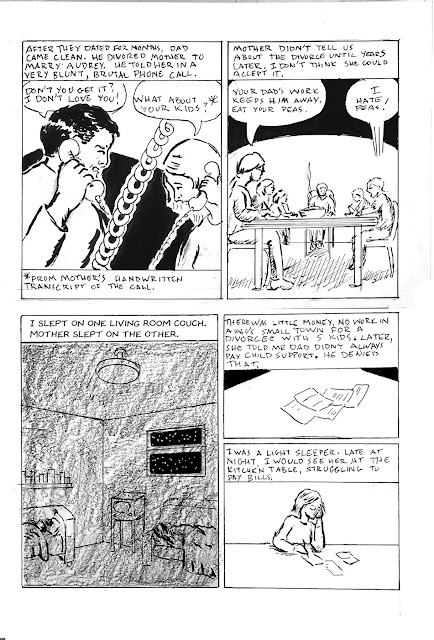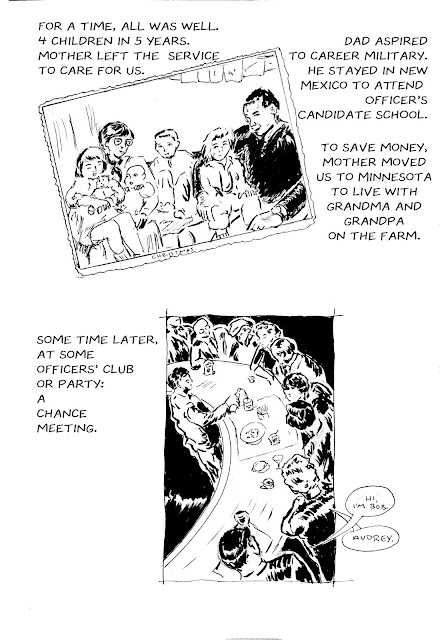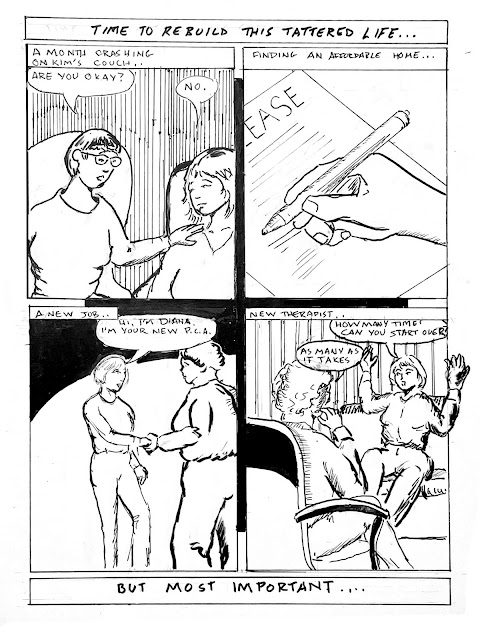This one took a bit of doing. More about that in a minute.
For now, let's resume our story. Mother had just gotten some books, freshly published in the US(o so she thought) . In an unusual move, she offered to pay us to read them, and I took her up on the offer.
The astute Tolkien scholar will be aware that Mother was wrong. The first US publication was in 1954-56, with paprback volumes first appearing in 1965 from Ace Books. Editor Donald Wollheim contended that the works were public domain and printed them without approval. Due to fan pressure, this edition was withdrawn and Tolkien was paid a nominal royalty. The Ballantine paperbacks, the edition Mother got us, appeared in 1966, making the NY Times bestseller list. So Mother's claim was true, sort of, to the best of her knowledge.
I'll talk about my reaction to these books on the next page. These stories intertwine, and focus becomes crucial. I have to keep this chapter of the story about my relationship with Mother, and how it effected my life as a trans woman.
On the mechanics of this page: I had one of those "see the page in my mind" moments. When I started looking closely at the mental image, I realized it was pulled from Hildebrandt illustrations, the first Lord of the Rings movie, and this image by Rowena Morrill.
Sigh. I do love Alfred Bester.
I resolved to push the contrast by working with Coquille paper. This is a texture I love, and during my undergrad, I began a sequel to The Devil and Daniel Webster using this medium (another incomplete work!). I realized my plot was much like William Messner-Loebs' neglected work Welcome to Heaven, Dr. Franklin, so I moved on. But it was time to go back to Coquille, or as it's now marketed, stipple board.
I worked up numerous preliminary sketches, diligently laid out the page, redrew the hand holding the brush and the kid in the corner reading to take advantage of the board's texure, and dove in, working to capture the urgency of the encounter with the Balrog. The result was not without problems.
It works in part. Gandalf's pose is successful. I love the Balog's head, but the proportions of the rest of the critter- yeesh! Also, I dropped his bat wings off somewhere along the way. The bridge and the cavern work, but do not have the impact I hoped for.
What to do?
I mused on other possibilities. Different interpretation of the beast? Different angle? I liked the big dramatic moment aspect of this, but it just wasn't working. It was great fun to draw, but the end result just didn't have it. I had to accept that there was no saving this, at least not within my self-imposed deadline.
I resolved to keep the parts I liked and move on from the rest.
Around the same time, Mother used to read the work of self-proclaimed psychic Edgar Cayce (but really, aren't all psychics self-proclaimed?). Late in her life, I asked her why, since it was so far afield from her beliefs. She got one of her classic introspective expressions and said, "well, I look at a lot of ideas, keep what's of value, and discard the rest." That's a good philosophy for resolving art and storytelling problems. I also realized that since so many skilled artists have tackled this material over the decades, I was setting myself up by trying to match or exceed them, and resolved to just compete with myself- never easy! I went back to my 64 page outline and looked at the rough for this page. It served as an effective model, a viable alternative. Again using stipple board, I did the primary illustration for the more successful page that leads this post. I composited it with border elements from the less successful Balrog page, and achieved a satisfying result. I could have gone another version, but again, deadlines.
I wanted to give a sense of both the reader's involvement with Lord of the Rings and the thrill of the work itself.
I greatly enjoyed working the China marker and scumbling brushes. This page (pages) took much longer than usual, but I was having such fun! I like working in loose flowing lines and textures. The pages and images that satisfy me the most tend to use these. I seldom do battle scenes. I want to be better at them, so I should do more!
Materials list is extensive on these pages.
- Papers: tracing paper, various sketchbooks, 32 pound stipple paper
- Pencils: Lyra 2B graphite stick, 4B lead and holder, 2B Ticonderoga classic, China marker
- Erasers: kneadable, vinyl eraser, Click eraser
- Hand Tools: 6" and 14" straightedge, triangle, T-square, French curves
- Inking tools: Dr.Martin's Black Magic ink, nib and holder, Princeton Deerfoot 1/4" mini detailer brush, Escoda Kolinsky no. 4 brush, Richeson Kolinsky no. 2 brush, red ballpoint pen
- Markers: Micron 0.6, 0.8, 1.0 and Copic 0.25
- And of course, Photoshop
Next: book club and a parting of sorts.



























